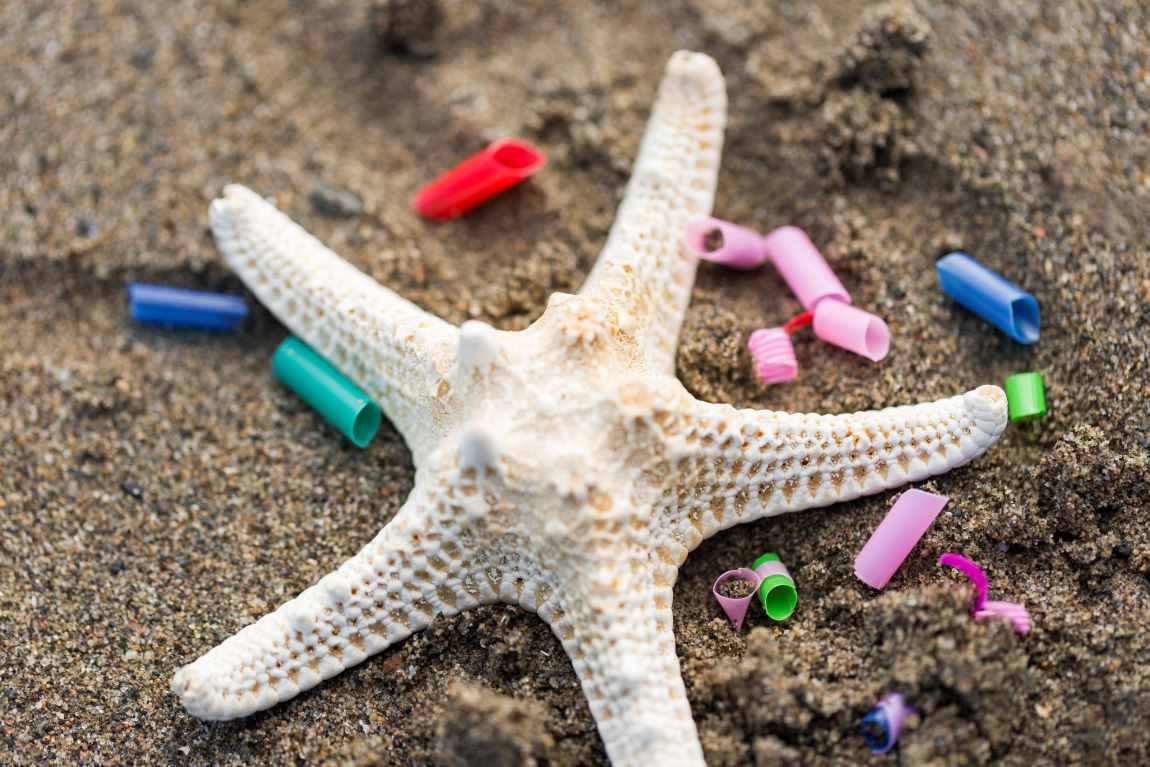Biodegradable plastics, often promoted as a greener alternative to traditional plastics, may not be as harmless as they seem when they enter the natural environment. Researchers at Yale School of Environment have developed a new method to quantify the environmental impact of these materials, raising questions about their true sustainability.
Every year, more than 20 million tons of plastic waste end up in ecosystems worldwide, breaking down into microplastics that pose significant risks to human and wildlife health. Although biodegradable plastics are designed to decompose faster, a new study finds that they, too, can fragment into microplastics, potentially contributing to ecotoxicity and climate change.
Led by Zhengyin Piao, a postdoctoral associate at Yale’s Center for Industrial Ecology, the research team created a dynamic model to track the fate of biodegradable microplastics in aquatic environments.
“There are a lot of people doing life cycle assessments for biodegradable plastics without being able to quantify impacts when those plastics enter nature,” said co-author Yuan Yao, Associate Professor of Industrial Ecology and Sustainable Systems.
Their findings, published in Nature Chemical Engineering, challenge the assumption that biodegradable plastics always have a lower environmental impact.
The study examined five types of biodegradable plastics commonly used around the world. While some were derived from organic materials, others were still fossil fuel-based. The research revealed that even biodegradable plastics could release greenhouse gases, such as methane, as they break down – especially outside of waste management systems designed to handle them. This undermines the belief that biodegradable materials are inherently better for the planet, highlighting that their environmental effects depend heavily on factors like degradation rates and microplastic size.
Surprisingly, the study showed that smaller biodegradable microplastics could have higher toxicity and greater global warming potential than larger particles, particularly for those made from fossil fuels.
“When plastic engineers try to design plastics, they often think higher biodegradability will definitely always be better,” Yao explained. “Our results show that it’s not a linear relationship.”
The team’s research calls for a more nuanced approach to designing biodegradable plastics and improving waste management systems. They also hope to extend their analysis on a global scale.
As Yao noted: “Doing this kind of large-scale analysis is really important to have a better vision of what strategies the plastic industry can take if it wants to reduce all these environmental impacts.”
This study points to the complexities of balancing biodegradability with overall sustainability, reminding both scientists and policymakers that not all “green” alternatives are created equal.
Journal Reference:
Piao, Z., Agyei Boakye, A.A. & Yao, Y. Environmental impacts of biodegradable microplastics. Nat Chem Eng 1, 661–669 (2024). DOI: 10.1038/s44286-024-00127-0
Article Source:
Press Release/Material by Yale University
Featured image credit: Freepik




